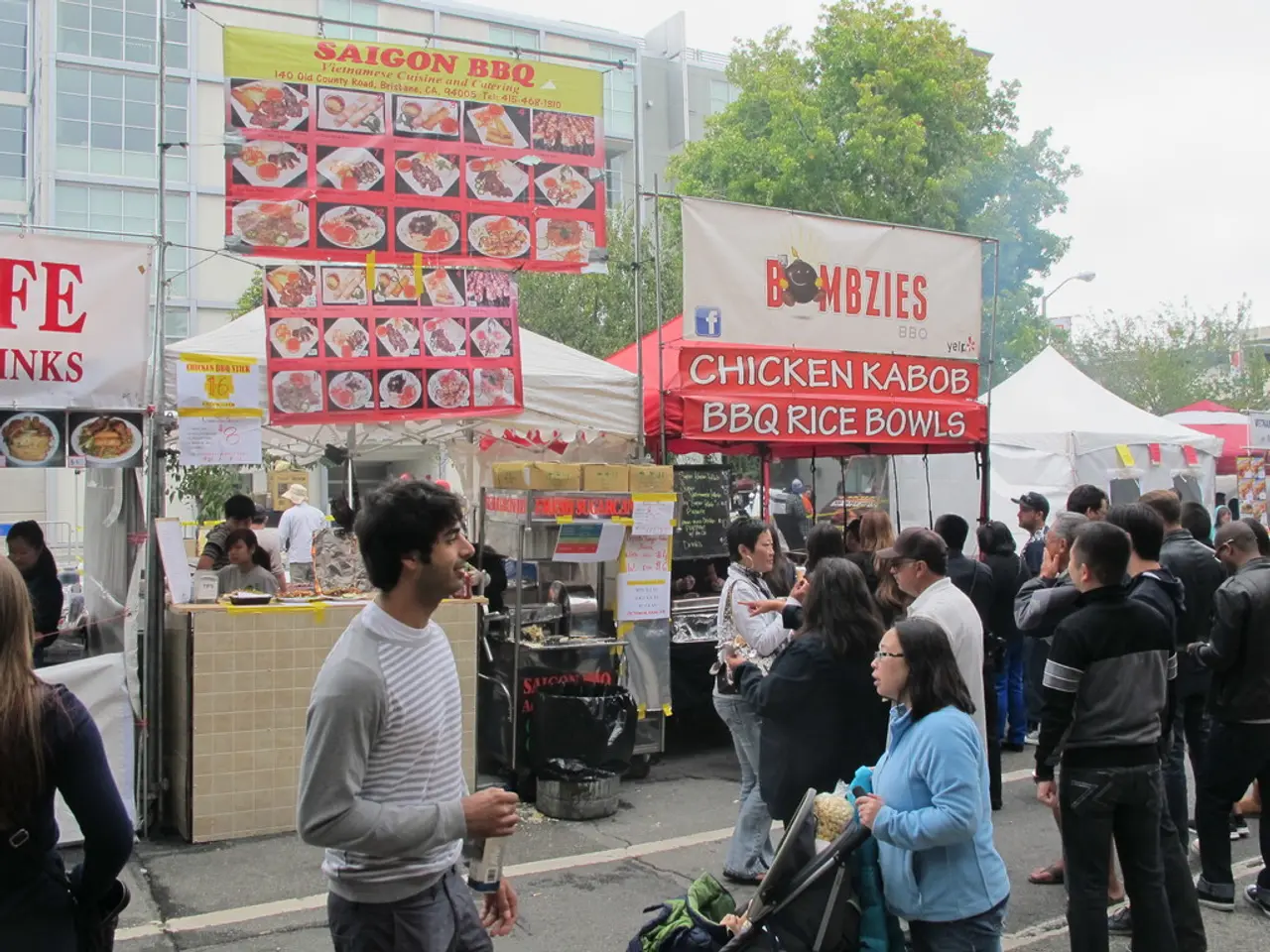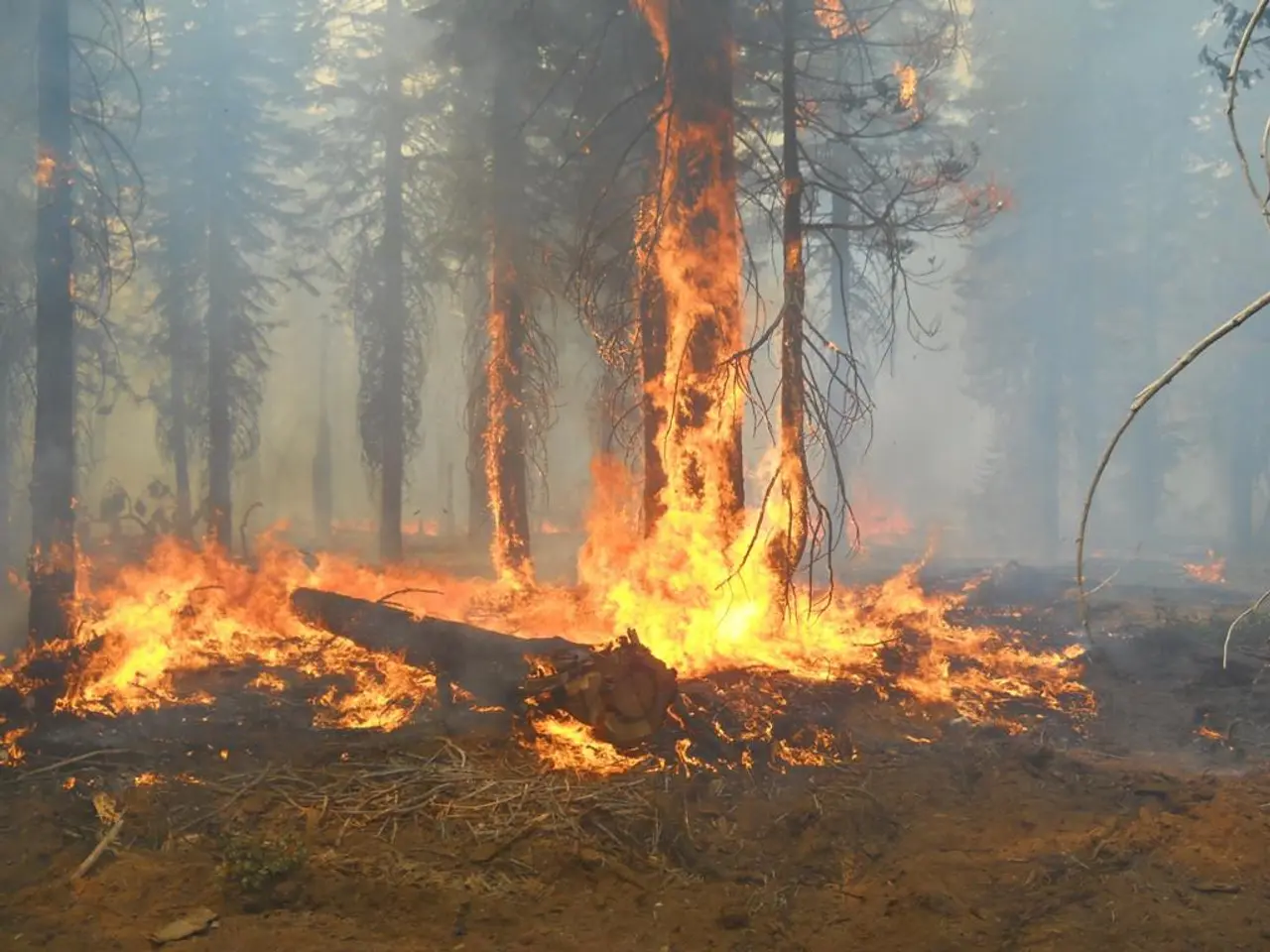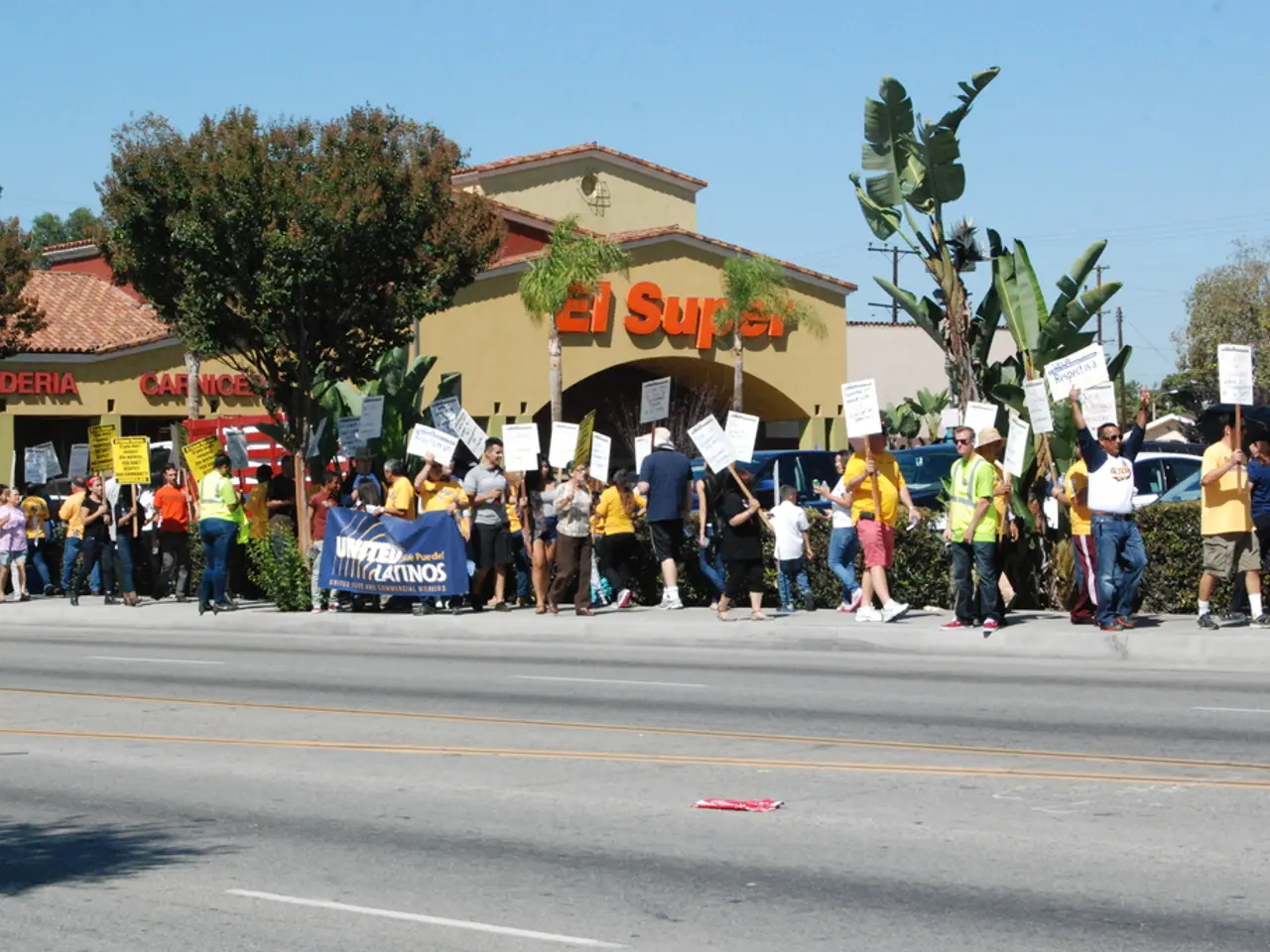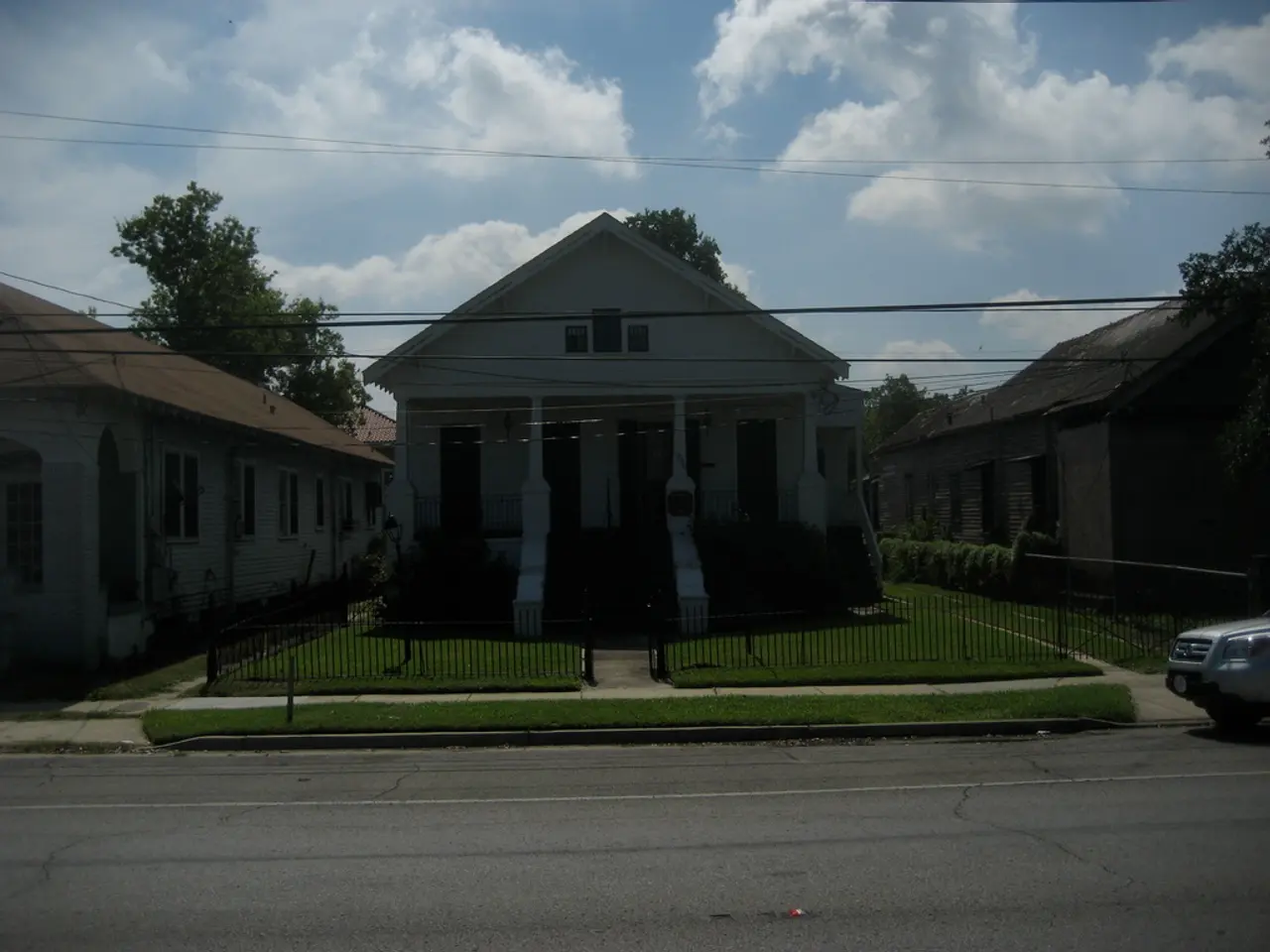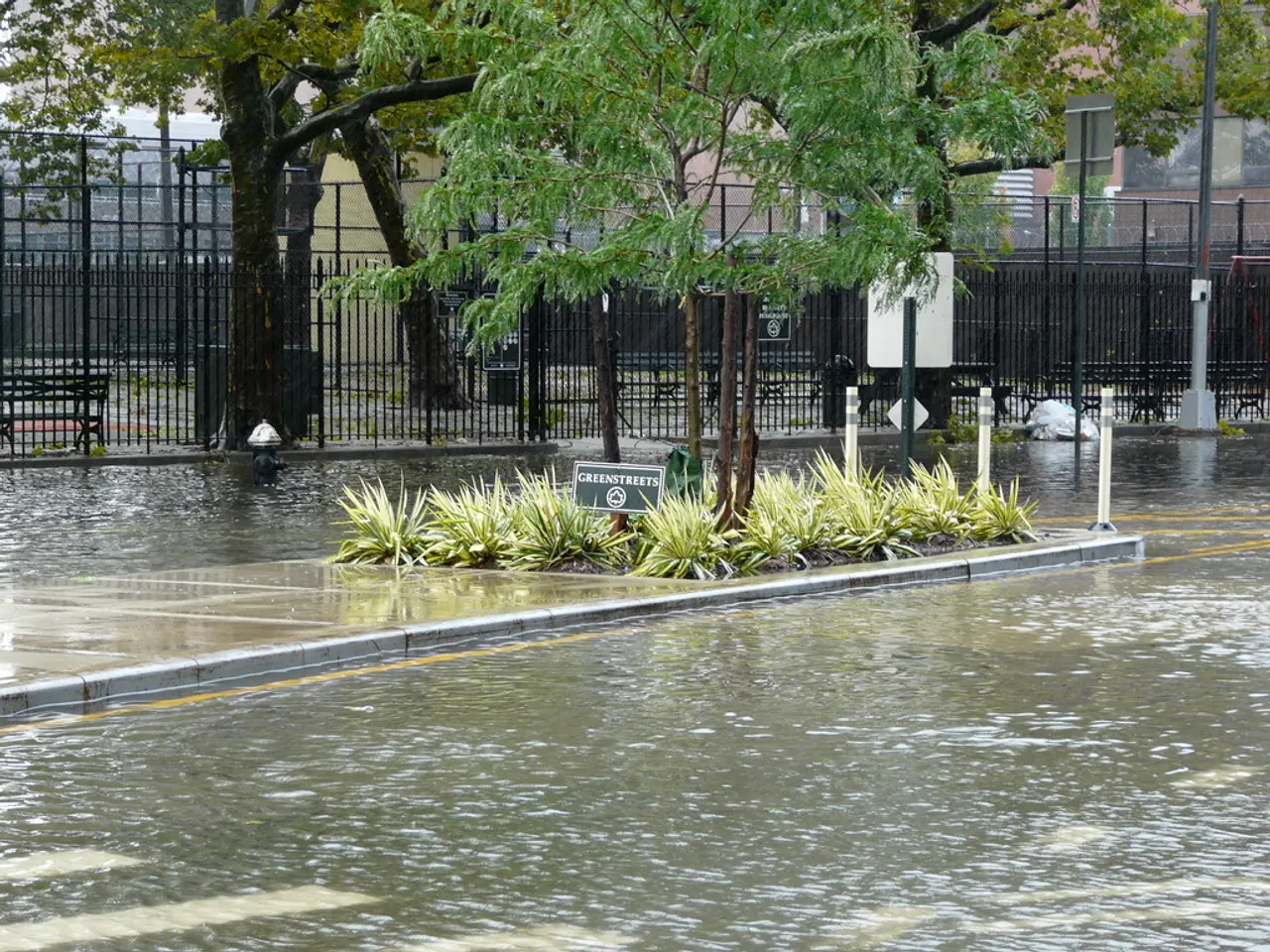Examining the Arrival of Immigrants at Port Authority: A Comprehensive Study
New York City is currently grappling with a surge of migrants arriving from the Texas border, a situation marked by both large-scale arrivals and concerns about the city's response. Texas Governor Greg Abbott has sent over 37,000 immigrants to New York City, reportedly as a political statement.
Upon arrival, many migrants find themselves in a precarious situation, with families separated, and little more than the clothes on their backs. Some arrive with no shoes or only flimsy flip flops, adding to their hardships. The City has stepped in to provide essential assistance, securing on-site medical and legal aid, Personal Protective Equipment, and COVID-19 tests.
Volunteers and human rights advocates, however, have raised concerns about the adequacy and sustainability of the city's response. The Roosevelt Hotel, a temporary shelter, has become a notable site amid public debate on immigration. Some volunteers worry that the resources and attention may be insufficient to meet the needs of the growing number of migrants.
The Mayor's Office of Immigrant Affairs (MOIA) Commissioner Manuel Castro has been at the forefront of the city's efforts, greeting the migrants upon their arrival. The HRA Men's Shelter on East 30th Street is where migrants are transferred after arriving in New York City. The City has also worked with the Port Authority to ensure non-profits have the space and coordination required to serve asylum seekers.
Non-profit organisations, such as Mutual Aid and Team TLC NYC, have been instrumental in providing essential support. These volunteers help migrants fill out intake forms, provide food, clothing, and other basic necessities, and offer emotional support to those who are often dehydrated, hungry, and apprehensive upon arrival.
The City is awarding $6,750,000 in contracts to nonprofit organisations for case management and other critical services. However, tensions between volunteer groups and city workers have been reported, adding to the complexity of the situation.
Some migrants have been coerced to travel to New York City instead of their intended destinations, raising questions about the motivations behind the mass migration. The broader context includes Texas's intensified border enforcement policies under Operation Lone Star, which have pushed migrants toward more dangerous routes, increasing migrant deaths in border sectors like El Paso. Humanitarian groups highlight how militarized policies and tough enforcement in Texas contribute to the hardships faced by migrants before they even reach New York.
In the face of these challenges, volunteers, many of whom are refugees themselves and have gone through similar experiences, continue to offer support and hope to the migrants. They are a testament to the resilience and compassion that New York City is known for.
In the midst of this situation, discussions about the city's response to the influx of migrants from Texas have expanded beyond local news to encompass general-news outlets, fueled by concerns about the city's capacity and the adequacy of its resources. Additionally, the political implications of this mass migration have been highlighted, with the actions of Texas Governor Greg Abbott seen by some as a political statement.
